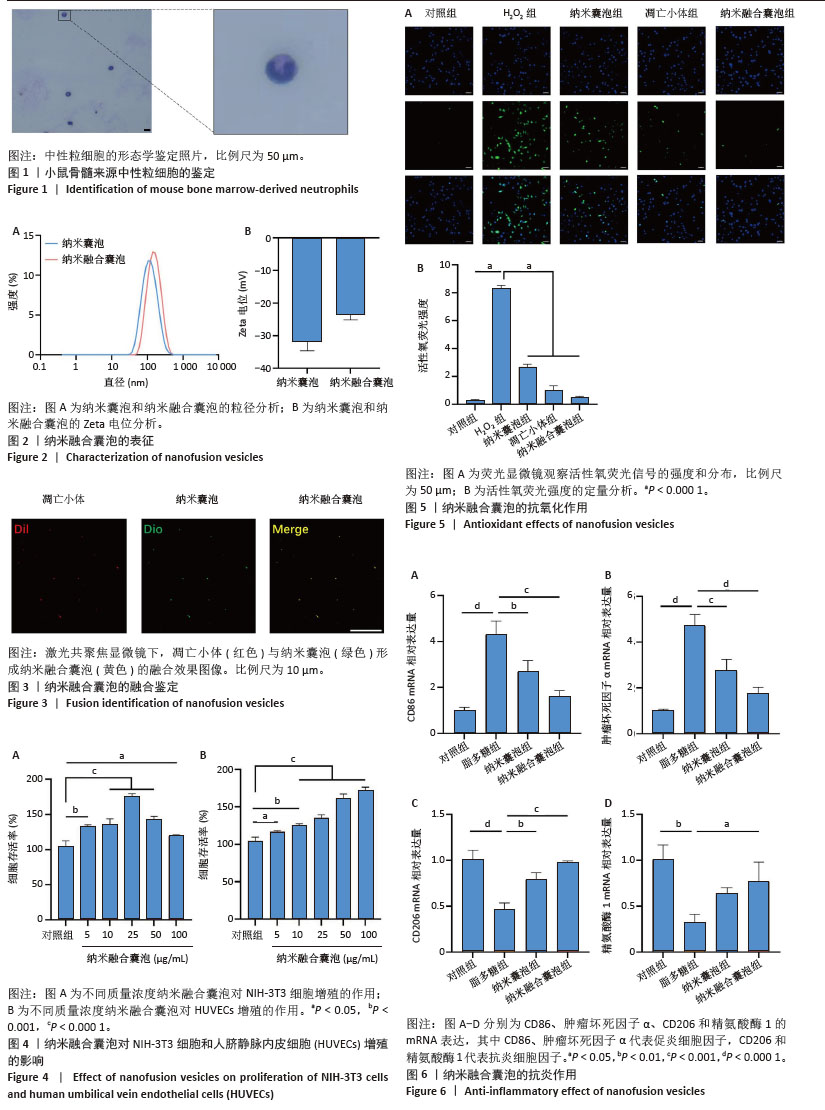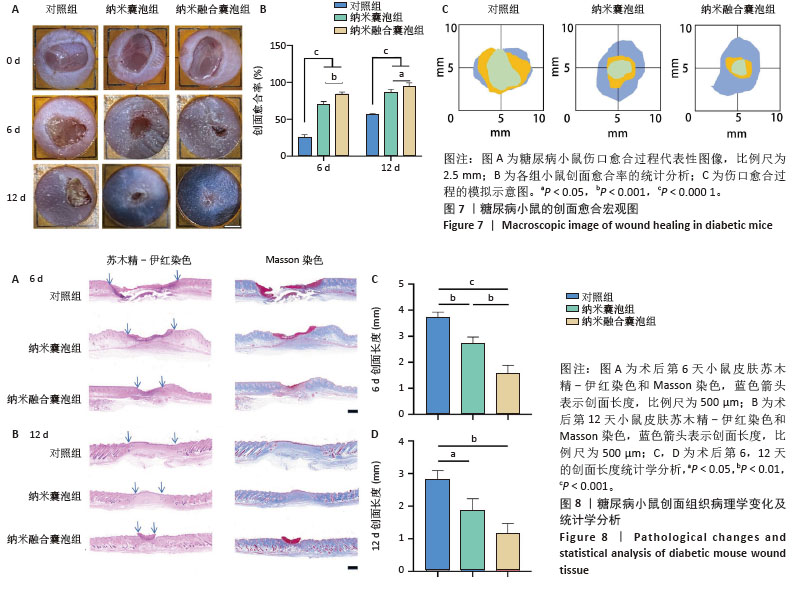[1] CEFALU WT, RIDDLE MC. More Evidence for a Prevention-Related Indication for Metformin: Let the Arguments Resume! Diabetes Care. 2019;42(4):499-501.
[2] YU L, QIN J, XING J, et al. The mechanisms of exosomes in diabetic foot ulcers healing: a detailed review. J Mol Med (Berl). 2023;101(10): 1209-1228.
[3] GENG X, QI Y, LIU X, et al. A multifunctional antibacterial and self-healing hydrogel laden with bone marrow mesenchymal stem cell-derived exosomes for accelerating diabetic wound healing. Biomater Adv. 2022;133:112613.
[4] DENG H, LI B, SHEN Q, et al. Mechanisms of diabetic foot ulceration: A review. J Diabetes. 2023;15(4):299-312.
[5] LI Z, ZHONG Q, YANG T, et al. The role of profilin-1 in endothelial cell injury induced by advanced glycation end products (AGEs). Cardiovasc Diabetol. 2013;12:141.
[6] JU CC, LIU XX, LIU LH, et al. Epigenetic modification: A novel insight into diabetic wound healing. Heliyon. 2024;10(6):e28086.
[7] LI F, LIU T, LIU X, et al. Ganoderma lucidum polysaccharide hydrogel accelerates diabetic wound healing by regulating macrophage polarization. Int J Biol Macromol. 2024;260(Pt 2):129682.
[8] WU S, ZHOU Z, LI Y, et al. Advancements in diabetic foot ulcer research: Focus on mesenchymal stem cells and their exosomes. Heliyon. 2024; 10(17):e37031.
[9] YU X, LIU P, LI Z, et al. Function and mechanism of mesenchymal stem cells in the healing of diabetic foot wounds. Front Endocrinol (Lausanne). 2023;14:1099310.
[10] SUKMANA BI, MARGIANA R, ALMAJIDI YQ, et al. Supporting wound healing by mesenchymal stem cells (MSCs) therapy in combination with scaffold, hydrogel, and matrix; State of the art. Pathol Res Pract. 2023;248:154575.
[11] PARK JS, SURYAPRAKASH S, LAO YH, et al. Engineering mesenchymal stem cells for regenerative medicine and drug delivery. Methods. 2015;84:3-16.
[12] HUANG L, WU E, LIAO J, et al. Research Advances of Engineered Exosomes as Drug Delivery Carrier. ACS Omega. 2023;8(46):43374-43387.
[13] MA YN, HU X, KARAKO K, et al. Exploring the multiple therapeutic mechanisms and challenges of mesenchymal stem cell-derived exosomes in Alzheimer’s disease. Biosci Trends. 2024;18(5):413-430.
[14] WANG X, HU S, LI J, et al. Extruded Mesenchymal Stem Cell Nanovesicles Are Equally Potent to Natural Extracellular Vesicles in Cardiac Repair. ACS Appl Mater Interfaces. 2021;13(47):55767-55779.
[15] JIAO Y, ZHANG T, ZHANG C, et al. Exosomal miR-30d-5p of neutrophils induces M1 macrophage polarization and primes macrophage pyroptosis in sepsis-related acute lung injury. Crit Care. 2021;25(1):356.
[16] BRAZA MS, CONDE P, GARCIA M, et al. Neutrophil derived CSF1 induces macrophage polarization and promotes transplantation tolerance. Am J Transplant. 2018;18(5):1247-1255.
[17] AKKUS G, SERT M. Diabetic foot ulcers: A devastating complication of diabetes mellitus continues non-stop in spite of new medical treatment modalities. World J Diabetes. 2022;13(12):1106-1121.
[18] SYED MH, SALATA K, HUSSAIN MA, et al. The economic burden of inpatient diabetic foot ulcers in Toronto, Canada. Vascular. 2020;28(5): 520-529.
[19] QIN W, WU Y, LIU J, et al. A Comprehensive Review of the Application of Nanoparticles in Diabetic Wound Healing: Therapeutic Potential and Future Perspectives. Int J Nanomedicine. 2022;17:6007-6029.
[20] LI J, WU Z, ZHAO L, et al. The heterogeneity of mesenchymal stem cells: an important issue to be addressed in cell therapy. Stem Cell Res Ther. 2023;14(1):381.
[21] SHI L, ZHOU Y, YIN Y, et al. Advancing Tissue Damage Repair in Geriatric Diseases: Prospects of Combining Stem Cell-Derived Exosomes with Hydrogels. Int J Nanomedicine. 2024;19:3773-3804.
[22] MONDAL J, PILLARISETTI S, JUNNUTHULA V, et al. Hybrid exosomes, exosome-like nanovesicles and engineered exosomes for therapeutic applications. J Control Release. 2023;353:1127-1149.
[23] CHEN J, LI P, ZHANG T, et al. Review on Strategies and Technologies for Exosome Isolation and Purification. Front Bioeng Biotechnol. 2022;9:811971.
[24] CABRINI M, NAHMOD K, GEFFNER J. New insights into the mechanisms controlling neutrophil survival. Curr Opin Hematol. 2010;17(1):31-35.
[25] SKENDROS P, MITROULIS I, RITIS K. Autophagy in Neutrophils: From Granulopoiesis to Neutrophil Extracellular Traps. Front Cell Dev Biol. 2018; 6:109.
[26] DORAN AC, YURDAGUL A JR, TABAS I. Efferocytosis in health and disease. Nat Rev Immunol. 2020;20(4):254-267.
[27] LIEBOLD I, AL JAWAZNEH A, CASAR C, et al. Apoptotic cell identity induces distinct functional responses to IL-4 in efferocytic macrophages. Science. 2024;384(6691):eabo7027.
[28] CAMPBELL EL, KAO DJ, COLGAN SP. Neutrophils and the inflammatory tissue microenvironment in the mucosa. Immunol Rev. 2016;273(1):112-120.
[29] KIM DY, KANG YH, KANG MK. Umbelliferone alleviates impaired wound healing and skin barrier dysfunction in high glucose-exposed dermal fibroblasts and diabetic skins. J Mol Med (Berl). 2024;102(12):1457-1470.
[30] 施芳婷,沈佳琪,仵敏娟.糖尿病难愈性创面的发病机制研究进展[J].生命科学,2024,36(4):509-516.
[31] ZAKERI A, KHASEB S, AKHAVAN RAHNAMA M, et al. Exosomes derived from mesenchymal stem cells: A promising cell-free therapeutic tool for cutaneous wound healing. Biochimie. 2023;209:73-84.
[32] ABDULMALEK OAAY, HUSAIN KH, ALKHALIFA HKAA, et al. Therapeutic Applications of Stem Cell-Derived Exosomes. Int J Mol Sci. 2024;25(6):3562.
[33] ARIAS-CALDERÓN M, CASAS M, BALANTA-MELO J, et al. Fibroblast growth factor 21 is expressed and secreted from skeletal muscle following electrical stimulation via extracellular ATP activation of the PI3K/Akt/mTOR signaling pathway. Front Endocrinol (Lausanne). 2023;14:1059020.
[34] ZHANG B, BI Y, WANG K, et al. Stem Cell-Derived Extracellular Vesicles: Promising Therapeutic Opportunities for Diabetic Wound Healing. Int J Nanomedicine. 2024;19:4357-4375.
[35] CHEN P, ZHENG L, WANG Y, et al. Desktop-stereolithography 3D printing of a radially oriented extracellular matrix/mesenchymal stem cell exosome bioink for osteochondral defect regeneration. Theranostics. 2019;9(9):2439-2459.
[36] ZHANG Y, PAN Y, LIU Y, et al. Exosomes derived from human umbilical cord blood mesenchymal stem cells stimulate regenerative wound healing via transforming growth factor-β receptor inhibition. Stem Cell Res Ther. 2021;12(1):434.
[37] 苏梦,王昕,张津,等.纳米细胞囊泡负载姜黄素促进糖尿病小鼠创面的愈合[J].中国组织工程研究,2023,27(12):1877-1883.
[38] FENG J, YAO Y, WANG Q, et al. Exosomes: Potential key players towards novel therapeutic options in diabetic wounds. Biomed Pharmacother. 2023;166:115297.
[39] ZAMANIAN MY, ALSAAB HO, GOLMOHAMMADI M, et al. NF-κB pathway as a molecular target for curcumin in diabetes mellitus treatment: Focusing on oxidative stress and inflammation. Cell Biochem Funct. 2024;42(4):e4030.
[40] WU Y, SU M, ZHANG S, et al. A mesenchymal stem cell-derived nanovesicle-biopotentiated bovine serum albumin-bridged gelatin hydrogel for enhanced diabetic wound therapy. Mater Design. 2023;230:111960.
[41] BURGESS JL, WYANT WA, ABDO ABUJAMRA B, et al. Diabetic Wound-Healing Science. Medicina (Kaunas). 2021;57(10):1072.
[42] BAO L, DOU G, TIAN R, et al. Engineered neutrophil apoptotic bodies ameliorate myocardial infarction by promoting macrophage efferocytosis and inflammation resolution. Bioact Mater. 2021;9:183-197.
[43] DHANDHI S, YESHNA, VISHAL, et al. The interplay of skin architecture and cellular dynamics in wound healing: Insights and innovations in care strategies. Tissue Cell. 2024;91:102578. |

